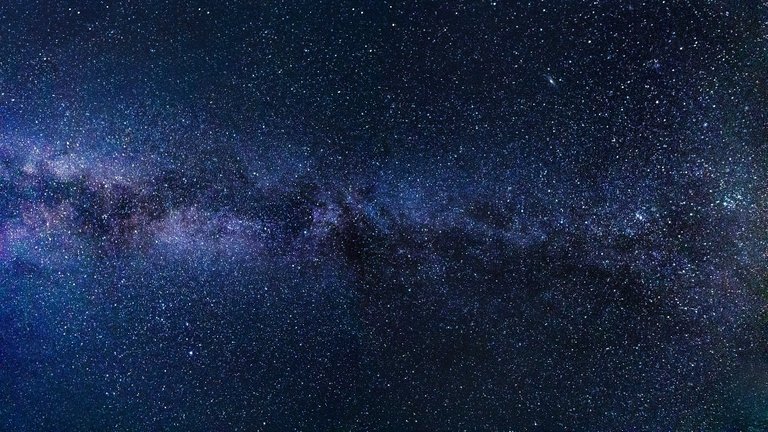This Supermassive Black Hole Doesn’t Make Sense
The research of dark matter in the dwarf galaxy Leo I shows that it comes with a surprise at its core. A supermassive black hole with a mass of roughly 3 million Suns. Such a massive black hole should not exist in such a small galaxy.

Image by FelixMittermeier from Pixabay
- Be also sure to check out my other posts and follow me @kralizec and subscribe to my Youtube channel at Kralizec Gaming Youtube Channel
Leo I is a spherical dwarf galaxy. Roughly 820 thousand light-years away it is considered to be one of the furthest satellites of our own Milky Way. And it’s truly tiny. It’s just 2,000 light-years across and we estimate its mass at around 20 million Suns. Compare that to the Milky Way’s 100,000 light-years across and its mass of 1.5 million Suns.
The thing is… this dwarf has a dark secret. Astronomer María José Bustamante from the University of Texas and her colleagues found a mysterious supermassive black hole at its core. It seems to have a mass of roughly 3 million Suns. It’s almost as massive as the supermassive black hole at the core of the Milky Way. And that doesn’t make a lot of sense. Our ideas about supermassive black hole start that these monsters grow as galaxies collide and with that the galaxies grow as well.
The discovery has been random. The scientists were measuring the amount of dark matter in the Leo I galaxy using the Virus-W device on the 2.7-meter telescope at the McDonald Observatory. Virus-W measures the movement of stars in the small galaxies around the Milky Way and the results allow us to measure the amount of dark matter in such a galaxy.
When Bustamante ran the data through computer models the results showed the galaxy has almost no dark matter. Instead, they found the supermassive black hole with a mass of 3 million Suns. That’s quite extreme.
The results of the new research are also quite different from the results of previous studies. But these previous studies were done with less precise measurements and models. Previously, scientists focused more on individual stars on the periphery of the galaxy and didn’t look that much into the denser areas with more stars. But we can be sure we will see more research soon.
Sources:
- If you like the content I’m producing about science maybe you will like the content I produce about gaming as well! Be sure to check out my other posts!